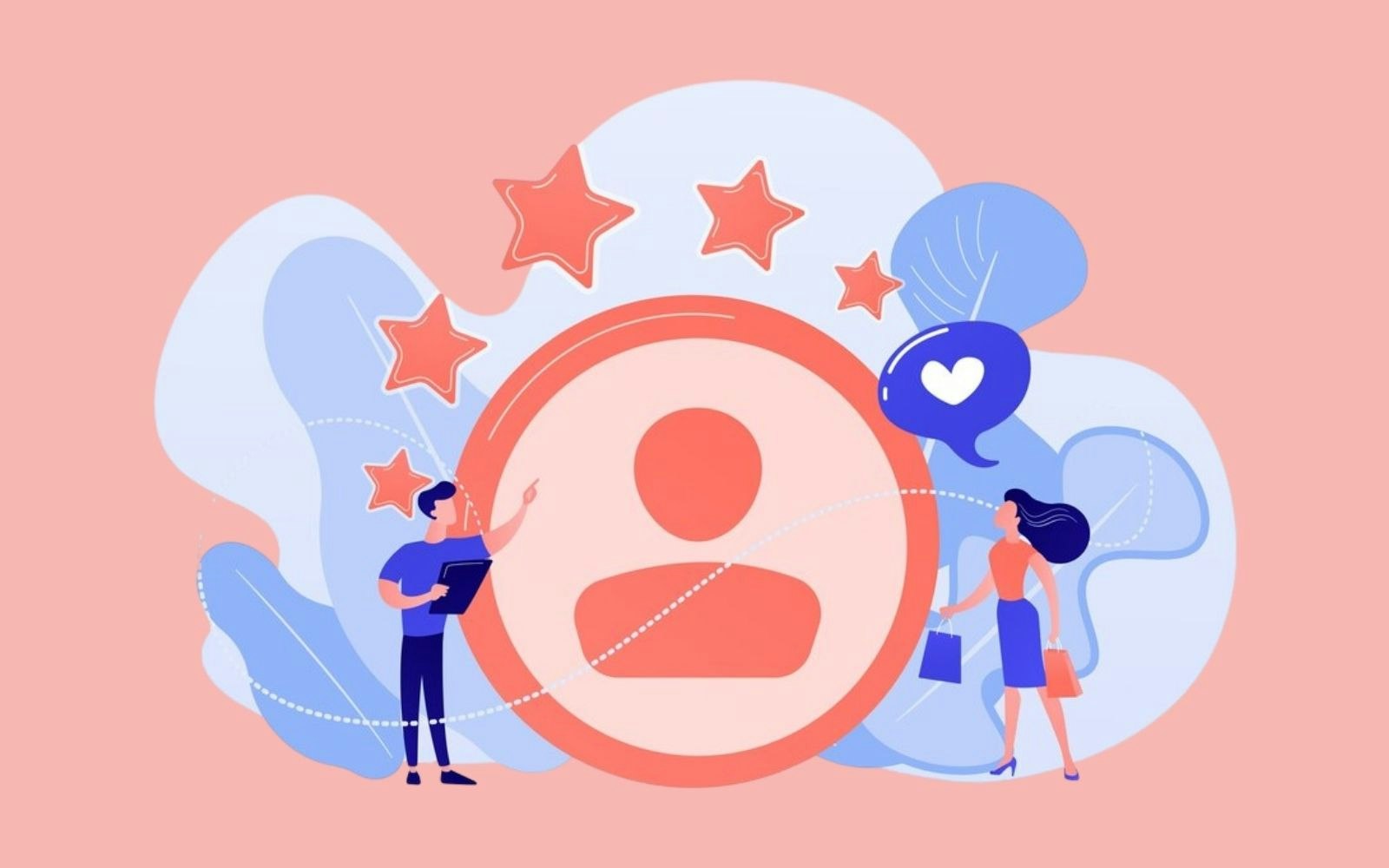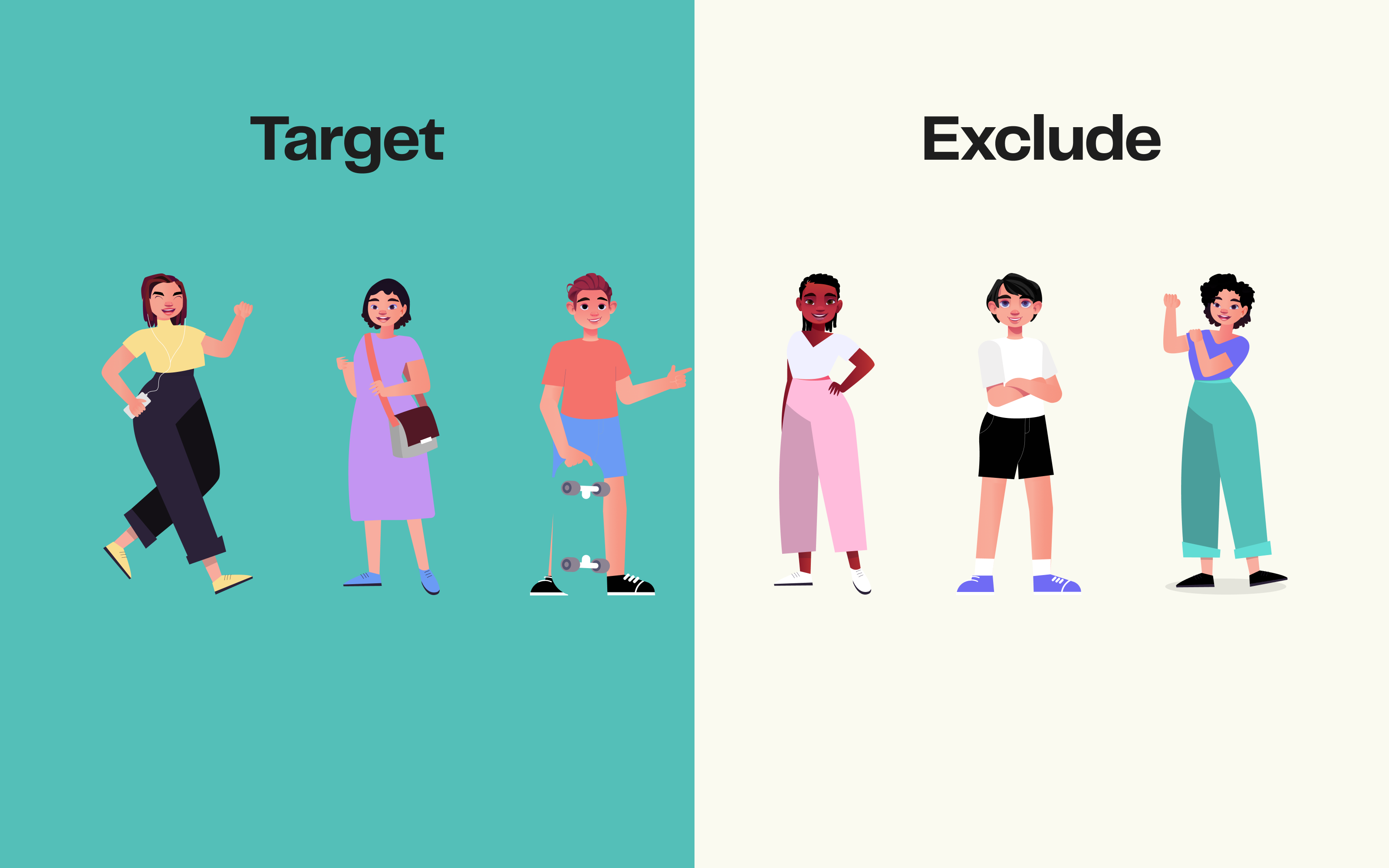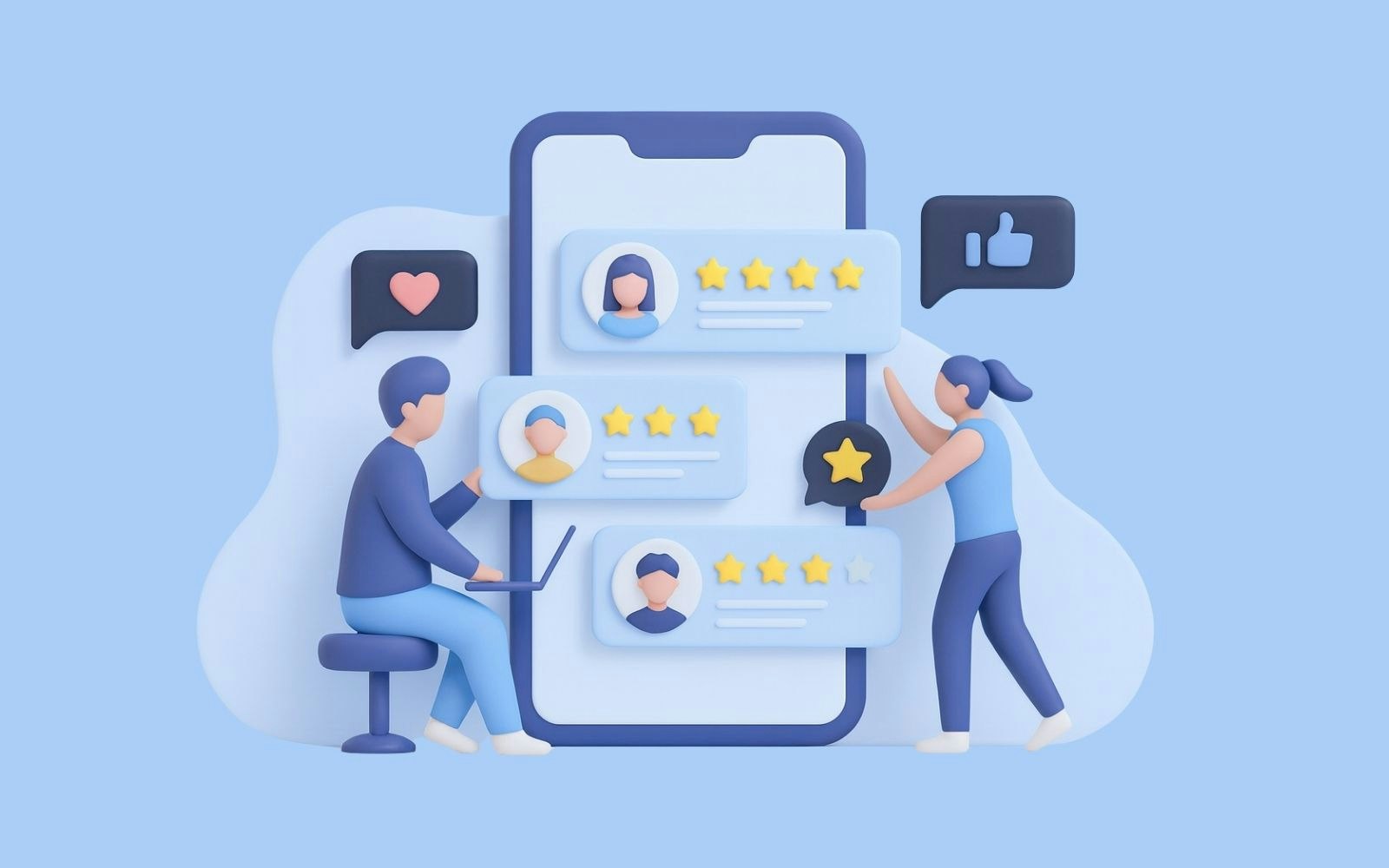
Customer Experience (CX) as a driver of growth
6min • Last updated on Oct 15, 2025

Olivier Renard
Content & SEO Manager
[👉 Summarise this article using ChatGPT, Google AI or Perplexity.]
“Underpromise, overdeliver!” — While Tom Peters’ quote from the 1980s has faced criticism over time, it remains relevant today.
Product and service quality are still among the top factors consumers consider. According to a Qualtrics study, a positive customer experience increases a customer’s trust in a brand by 3.3 times, and the likelihood of recommending it by 5.1 times.
Key takeaways:
Customer experience (CX) encompasses every interaction between a brand and its customer, from discovery to loyalty. It goes well beyond the purchase stage.
It is a major differentiator for businesses. A positive experience strengthens loyalty and improves commercial performance.
A successful experience is based on several factors: quality of service, personalisation, emotional impact, and brand perception.
A Customer Data Platform helps improve the customer relationship. By leveraging their data, companies gain in relevance, satisfaction, and retention.
👉 What defines a good customer experience, and how does it impact loyalty and performance? Discover how data helps brands create more relevant interactions. 🔍
What is customer experience?
Customer experience refers to all interactions between a brand and its customers throughout the journey: before, during and after the purchase.
It therefore goes beyond the commercial relationship and includes the overall perception a customer has of a brand. This covers all channels and touchpoints — physical, digital, and human.
A successful experience depends on several components: quality of service, smooth journeys, message personalisation, trust, and, of course, emotional connection. These combined elements shape the relationship between a business and its customers.
CX encompasses the entire customer journey and has a direct impact on loyalty and long-term value (LTV). It is distinct from closely related concepts:
Customer satisfaction: the immediate result of a specific interaction,
User experience (UX): focused on the use of an interface,
Customer service: dedicated to handling requests or complaints.
Why it matters in marketing
32% of consumers stop buying from a brand they like after a single bad experience (PwC). With rising customer expectations and saturated communication channels, CX has become a strategic lever for companies.
The numbers speak for themselves: according to Harvard Business Review, a customer who has a positive experience spends 140% more than one who doesn’t. And just a 5% increase in loyalty can drive profit growth of 25% to 95%.
The classic 4Ps (Price, Product, Place, Promotion) from old marketing textbooks have evolved into the 7Ps, now including People, Process, and Physical Environment. Customer experience isn’t just the responsibility of one department: every employee contributes. Beyond sales performance, it influences brand perception and overall organisational consistency.

Nespresso drew inspiration from luxury brand codes to deliver a premium in-store experience (Credit: Nespresso)
Levers to create a standout customer experience
It’s our job every day to make every important aspect of the customer experience a little bit better.
Jeff Bezos
Understand and map the customer journey
Customers often have needs that are not immediately obvious. Customer journey mapping helps evaluate the experience as a whole. It identifies key moments and pain points, from the first contact through to loyalty.
Delays in response times, complex checkout processes, or poorly targeted messages can all damage perception. Analytics and data visualisation tools help pinpoint areas for improvement.
Key performance indicators (KPIs) to track:
NPS (Net Promoter Score): measures customer loyalty and likelihood to recommend
CSAT (Customer Satisfaction Score): assesses satisfaction immediately after an interaction or purchase
CES (Customer Effort Score): evaluates how easy or difficult it is to complete an action (e.g. contact, purchase, product return)
Other useful KPIs: repurchase rate, Customer Lifetime Value (CLV), and churn rate.
These insights provide teams (marketing, sales, product, support) with a clear, complete view of the journey — enabling a lifecycle marketing approach that continually enhances the experience at every stage.
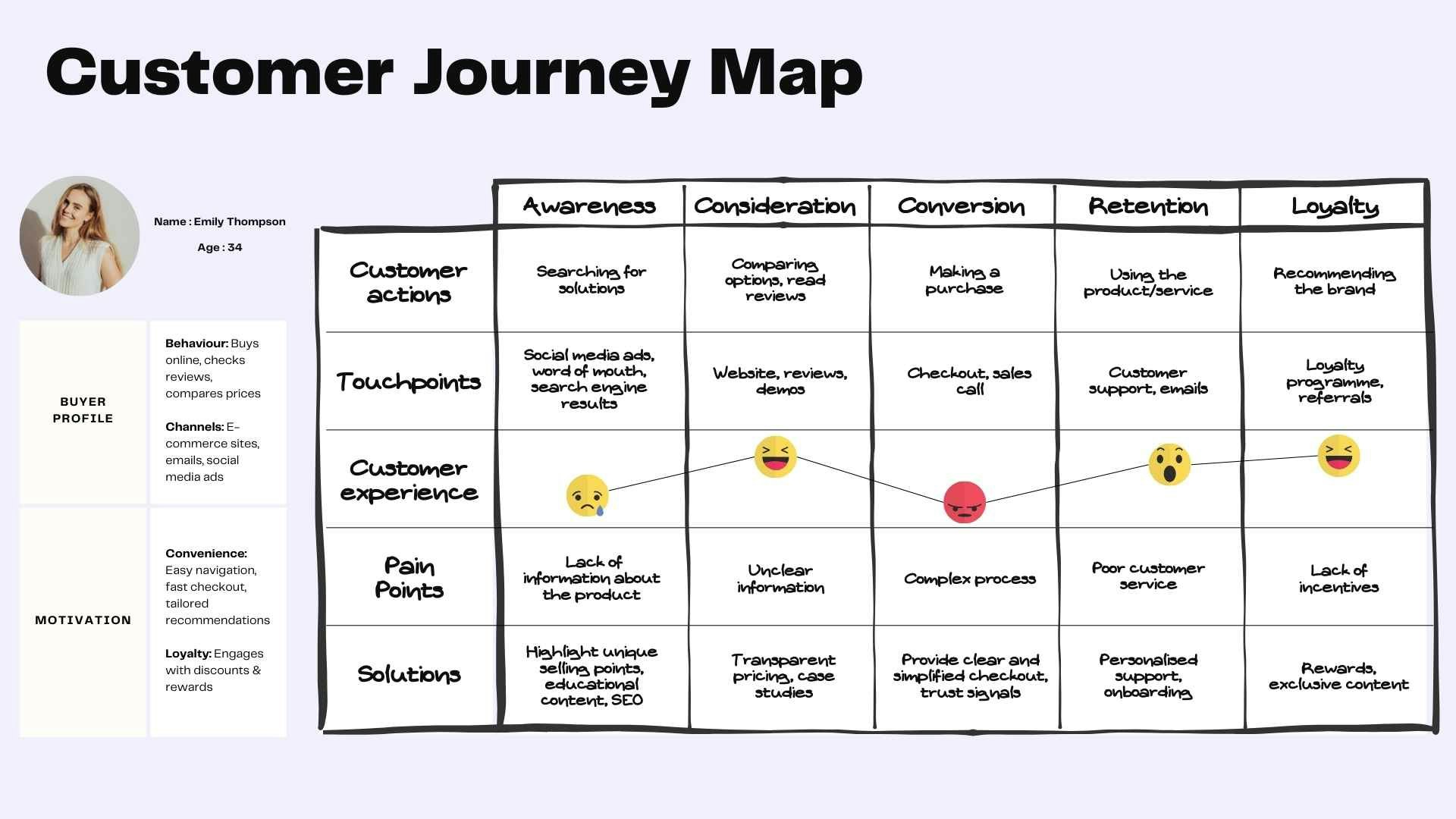
Example of a Customer Journey Map
Put people at the heart of the experience
A great customer experience relies on every link in the chain. Teams aligned with the company’s goals naturally pass on this relationship quality to customers.
As PwC highlights in its Future of Customer Experience report: technology is an enabler, not a substitute. Innovation, automation, and personalised communication should serve to enhance proximity and trust.
Use customer data wisely
In this context, the data held in company systems (CRM, support, analytics) is a valuable source of insight. A Customer Data Platform unifies these data sets to extract insights and better understand customer needs.
Each interaction, purchase, or signal of interest becomes an opportunity to improve.
With DinMo, marketing teams can easily connect their data to business tools without relying on IT. This no-code approach boosts responsiveness and message consistency. It helps companies create personalised experiences that drive loyalty and long-term satisfaction.
👇
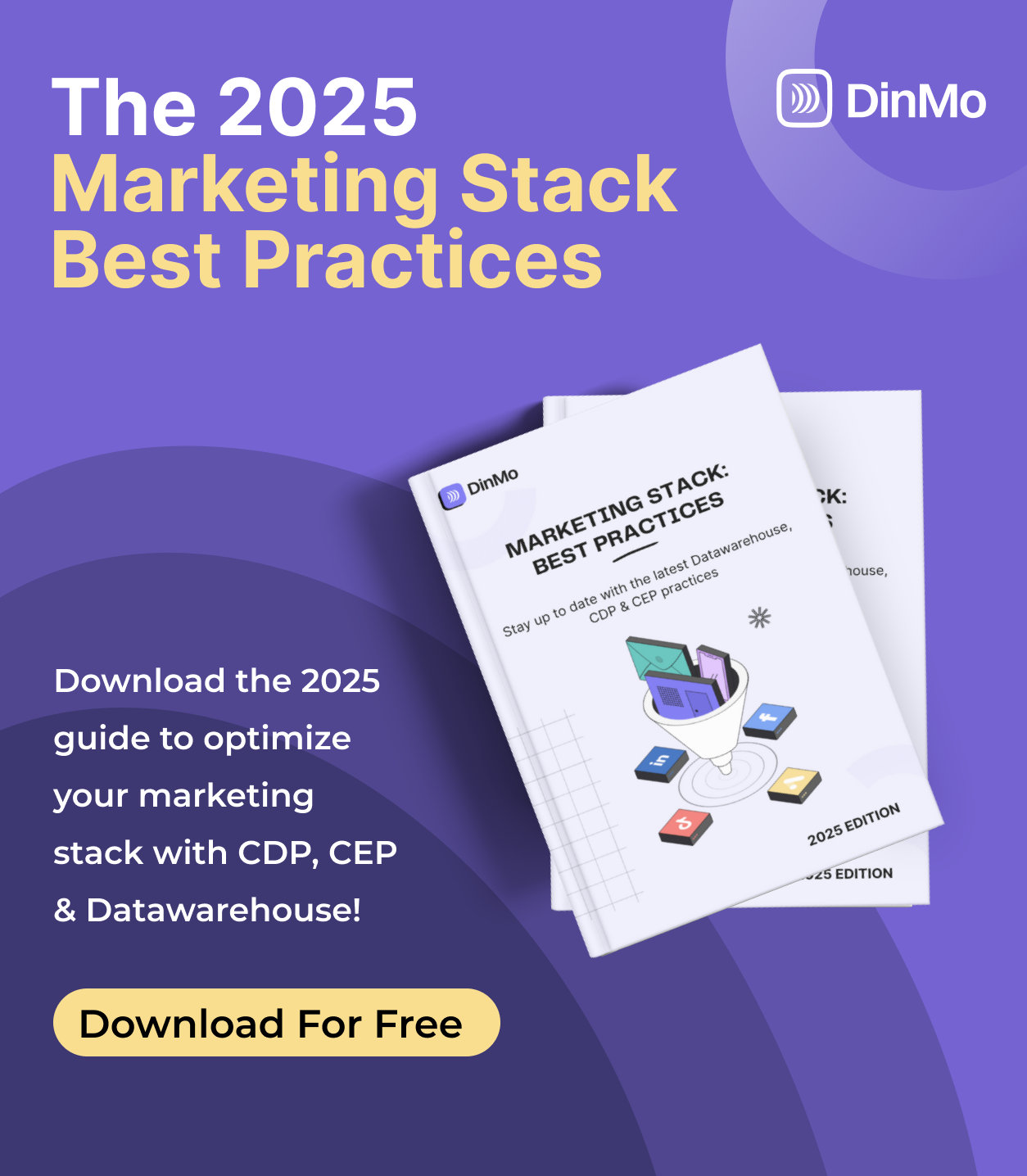
Marketing stack: best practices
CX trends and challenges in 2025
Loyal customers, they don't just come back, they don't simply recommend you, they insist that their friends do business with you.
Chip R. Bell
A seamless omnichannel experience
Customers now expect frictionless journeys between physical and digital channels. A purchase started on mobile should be seamlessly completed in-store. The line between online and offline is blurring — and this continuity strengthens both satisfaction and loyalty.
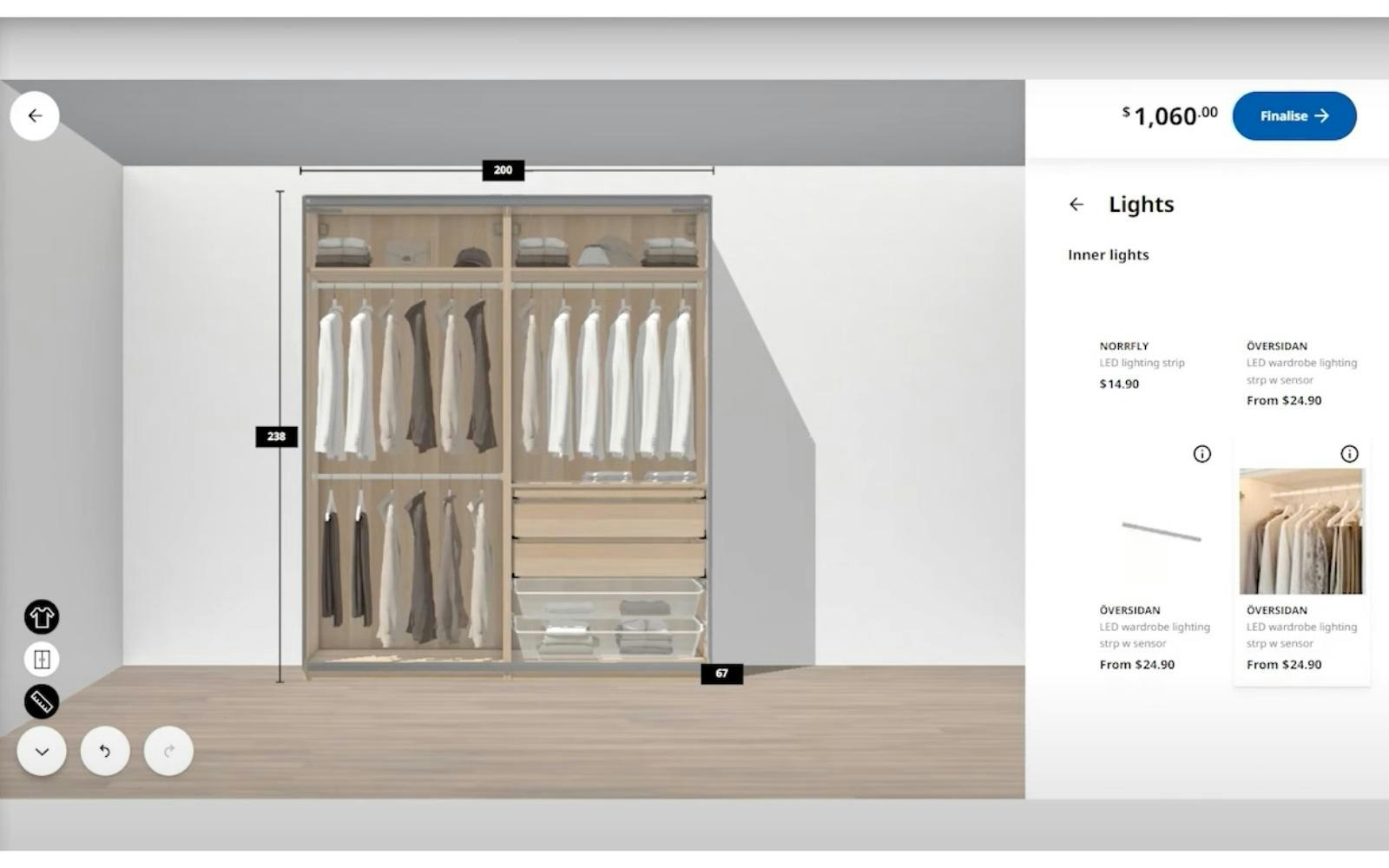
IKEA is among the brands offering one of the most advanced phygital experiences (Credit: IKEA)
CX also hinges on an emotional connection with the brand. Consumers increasingly seek authenticity in interactions. Reviews and personal engagement build trust — but only if messages stay consistent across all channels.
The challenge is to orchestrate these interactions: synchronise touchpoints, harmonise data, and deliver a unified experience regardless of the channel.
The rise of AI and the value of data
Artificial intelligence (AI) is transforming customer experience management. It enables companies to analyse massive data volumes to anticipate needs and personalise every interaction.
Applications include: smart chatbots, predictive segmentation, product recommendations, contextual journeys, and customer scoring.
The gradual demise of third-party cookies is driving companies to focus on first-party data. Customer Data Platforms (CDPs) help organisations activate this data while staying compliant with regulations.
This approach improves both marketing performance and customer perception: more relevant communication, greater responsiveness, and real-time experience adaptation.
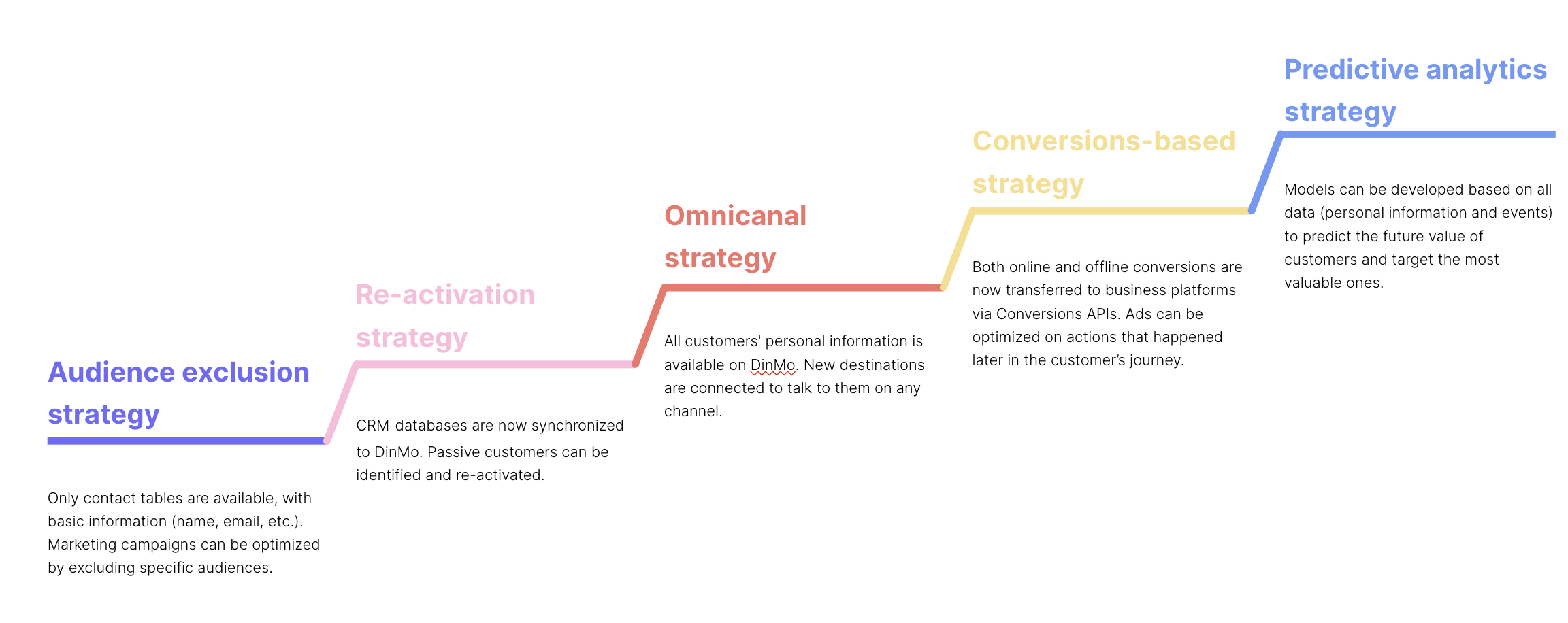
Composable CDP: A Modular Approach
The challenges ahead
This transformation comes with a few major challenges:
Data privacy: companies must ensure full compliance and complete transparency around customer data collection and usage.
Data governance and reliability: the quality of experience relies heavily on the accuracy, consistency, and accessibility of data.
Adoption by non-technical teams: no-code tools and intuitive interfaces — like those offered by DinMo — allow everyone to leverage data without technical expertise.
Balancing automation and human connection: the goal is to enhance performance while preserving a strong emotional link between the brand and its customers.
Conclusion
Customer experience has a deeply human dimension, and it involves every part of the organisation. More than just a competitive edge, it’s a long-term growth lever.
In the age of data and AI, businesses now have new ways to understand and serve their customers better. By connecting their data to marketing actions, DinMo enables companies to build seamless, personalised experiences that also respect privacy.
Our modular, no-code approach strengthens performance, customer loyalty, and team autonomy.
👉 Discover how DinMo turns data into high-impact experiences.
FAQ
What’s the difference between customer experience and customer satisfaction?
What’s the difference between customer experience and customer satisfaction?
Customer experience covers all the interactions between a brand and its customers — before, during, and after the purchase.
Customer satisfaction, on the other hand, measures a specific feeling at the end of an interaction. A great experience builds loyalty, while satisfaction alone doesn’t guarantee retention.
Which tools should you use to improve the customer experience?
Which tools should you use to improve the customer experience?
The tools you need depend on your goals:
- CRM to centralise customer contacts
- CDP to unify data
- Survey tools (CSAT, NPS) to measure perception
- Marketing automation tools (CEP, CXP) to personalise customer journeys
Our platform makes data activation simple — without technical complexity.
Why is data essential to a successful CX strategy?
Why is data essential to a successful CX strategy?
Data helps businesses understand customer expectations and adjust their actions in real time. It enables more precise personalisation and consistent communication across all channels.
A Customer Data Platform (CDP) helps companies turn data into meaningful experiences that drive growth.


















